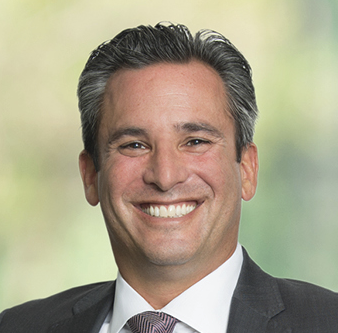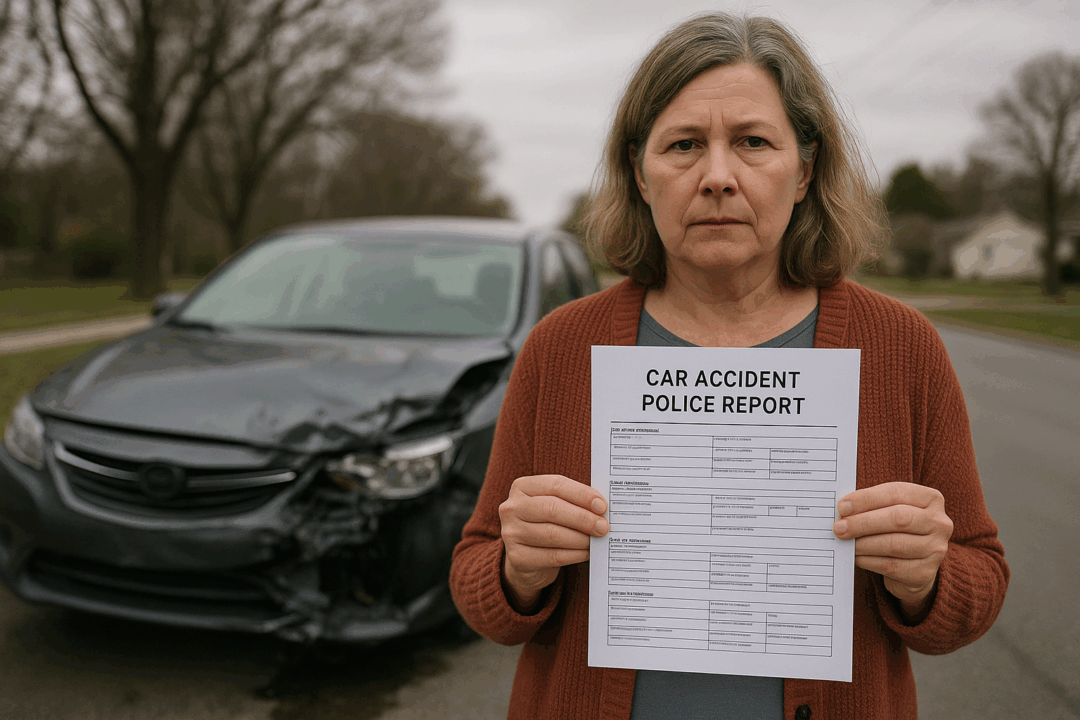The streets of big cities such as New York, Chicago and San Francisco have gotten a little more crowded lately — not with automobiles but with bicycles.
Since spring, all three have launched bike-sharing programs, joining a raft of other cities in the United States and around the world that allow people to rent bikes by the hour or day.
Thanks to the newcomers, the U.S. bike-sharing fleet has doubled since the beginning of 2013, and it is expected to double again by the end of 2014, according to the Earth Policy Institute.
Public-health officials see just one problem with this: bike sharers, for the most part, are not wearing helmets when they ride. And they’re worried how many riders will show up in emergency rooms.
According to the American Association of Neurological Surgeons (AANS), cycling represented the highest number of head injuries requiring emergency room visits of any recreational sport in 2009, the latest year for which information is available. Cycling-related head injuries were almost twice those for football, and dwarfed those for baseball and softball, basketball, water sports, and motor powered recreational vehicles, such as go-carts and all-terrain vehicles.
About 600 people die each year from cycling injuries, with two-thirds of those involving brain injuries. The AANS says the use of helmets while bicycling can reduce the risk of head injury by 85 percent, and the risk of severe brain injury by 85 percent.
In 2012 emergency medical physician Christopher Fischer released a study of the Hubway in Boston and Capital Bike Share in Washington, D.C., that estimated that 80 percent of the systems’ riders were not wearing helmets.
Now that the new systems have opened, Fischer, who is affiliated with the Harvard Medical School, believes helmet use is up slightly, to 20 to 30 percent of bike sharers.
But, he says, “that number is too low. It should be higher.”
Are helmets a must?
Researchers at McGill University in Montreal found a big difference in helmet use between people riding their own bicycles and those hopping on shared bikes, which are widely available in the Canadian city.
About 59 percent of cyclists said they always wear a helmet when using their own bikes, according to the study. But among people using Montreal’s bike-sharing program, Bixi, only 45 percent always wore a helmet. And even the cyclists who always wear a helmet while riding their own bikes get lax when it comes to shared bikes.
Only 22% of the cyclists who said they always wear a helmet on their own bikes put one on while using Bixi, said Ahmed El-Geneidy, an associate professor at McGill’s school of urban planning. “It is bike-sharing itself that makes people not wear one, since they are always wearing one with their personal bicycle,” he said.
The helmetless bike-sharing cyclists are adding to the discussion of whether helmets are a must for casual cyclists or whether they’re safe enough on short trips without them.
Greg Kagay, an avid cyclist from Fredericksburg, has been riding bikes since he was 6 and used to maintain a website on folding bikes. He doesn’t ride anywhere without a helmet, he said. But he didn’t use to. During his senior year of high school in 1984, “I had a bad accident that gave me a concussion and left me disoriented for about a week,” he said.
He began using a hard plastic helmet for training and races, even though cycling organizations did not then require them. Because of his recent interest in folding bikes, Kagay said he’s eager to try out big-city bike-sharing programs. “But only if I had a helmet,” he said.
Car vs. bike
In Chicago, Jana Kinsman, an equally fervent cyclist, says she often rides without one. That’s despite being attacked in August while she was plying the streets of Chicago looking after the beehives that are part of her Bike-a-Bee project.
Kinsman said the issue is not whether cycling is safe; it’s the constant tension between bicyclists and cars on U.S. roads. “In other countries, it’s much more an acknowledged part of transportation,” she said of cycling.
Fischer sees “an overall reluctance to even having a thoughtful discussion about it, which is too bad,” he said. “There’s a thought that you want to encourage bicycle use for lots of reasons. If you start talking about safety and helmet use, you give the impression that bicycling isn’t safe.”
Beyond that discussion, there is the question of mechanics. How do you connect bike-sharing users with helmets? Most travelers can’t afford to give up space in their suitcases and carry-on bags to a bike helmet on the off chance that they might need it.
Some cities have tried to make rental helmets available near bike-sharing kiosks, with varying degrees of success. In New York, Citi Bike has partnered with Bike and Roll, a bike-rental company, to offer helmets for rent at 12 locations in Brooklyn and Manhattan. Helmets rent for $3 a day or $15 per week.
In Boston, Hubway was supposed to team up with a start-up company called HelmetHub. It planned to offer helmets at kiosks near Hubway docks. But HelmetHub scrapped its planned launch this summer, and no new date has been set for the system to go live.
Puget Sound Bike Share, a Seattle system set to open in May, plans to offer bikes and helmets for rent. Some Seattle residents have raised questions about whether the helmets, which the system says will be collected and disinfected each night, will actually be sanitary.
Mandated helmets
Fischer isn’t worried as much about that as he is about the kind of injuries that bicyclists can suffer — “everything from ‘I laid down my bike and skinned my knee’ to ‘I got hit by a bus,’” he said.
He said head injuries account for one-third of all bicycle injuries and about three-quarters of bicycle-related deaths, which is why he is particularly worried about the lack of helmet use by bike sharers. Many may be visiting cities for the first time and aren’t familiar with roads or traffic, increasing the chances they could be hurt.
With bike-sharing systems coming on line so quickly across the United States, Fischer said, there are “lots of options to increasing helmet use, from just talking about it all the way up to mandating it.”
Kinsman thinks that would be going way too far. She was not wearing a helmet the day two men in an SUV pulled up next to her bike and a backseat passenger grabbed her messenger bag, dragging her with the vehicle, letting go only when she crashed into a parked car.
She was treated at a hospital for contusions, road rash and cuts to her legs, arms and hips. She said she was mentally shaken for a week afterward, and it took about a month for her injuries to heal. But the incident did not make her into a firm helmet convert.
“It wouldn’t have mattered,” she said. “I could have been wearing a bubble suit” and the passing motorist still could have grabbed her.
Kinsman said she feels safe riding without a helmet because of her cycling expertise. “I feel confident in my ability as a rider. I also feel I know the roads and the path that I travel,” she said. “I think that the approach of ‘We need to get helmets for people on bike-sharing’ is a very Western-medicine way.”
But she thinks cycling safety is “a good thing to talk about.” Kinsman said all cyclists, whether on their own bikes or ones from bike-sharing systems, can benefit from improvements like the dedicated bike lanes that have been installed in Chicago and other cities.
“The ideal is that there’s bike sharing in Chicago means more cyclists are on the road, people start slowing down, and the roads are safe for everybody,” she said.
Not Trusting What You’re Being Told?
Better Phone Stone
(800) 577-5188
 START MY NO OBLIGATION CONSULTATION
START MY NO OBLIGATION CONSULTATION









